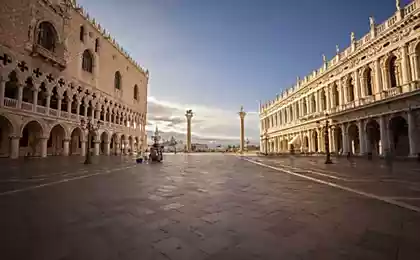194
History teacher told how medieval architects built the ancient palaces of Venice
Doge’s Palace, St. Mark’s Cathedral, Santa Maria della Salute Church... These world-famous temples and ancient palaces of Venice were built on swampy islands in the middle of a lagoon open to all elements. How did you build all these masterpieces of architecture? And how did medieval architects, despite the most difficult conditions, manage to make them so durable?
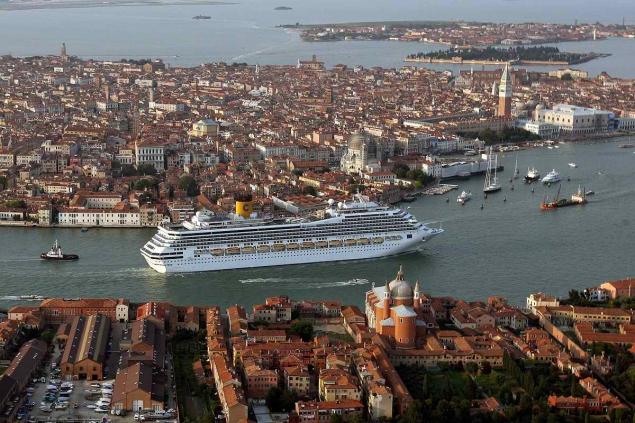
Built on water Venice is often called one of the wonders of the world. Its island part includes more than 100 small islets, on which there is absolutely no stone to make strong foundations for buildings.
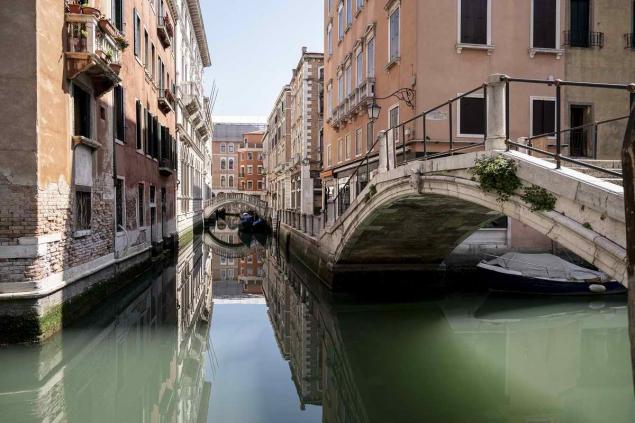
Therefore, the Venetians were forced to use the original technology. Scientists believe that having chosen a place for construction, they drove long wooden piles into the clay soil. At the top of the piles were installed two layers of crossed boards, and on top of them bricks and stones, which served as the foundation for the building.
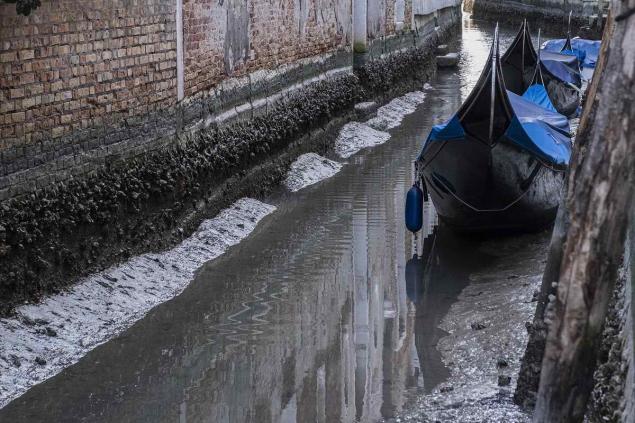
However, in the photos of the shallow channels, no piles are visible. But in the archaeological sites they are definitely there. At the same time, well preserved over the past five centuries, little suffered from rotting.
Secrets of the Old Masters How is this possible? After all, the so-called briccoli – oak piles, driven into the bottom of the Venetian lagoon, as navigational signs, become useless every 5-10 years.
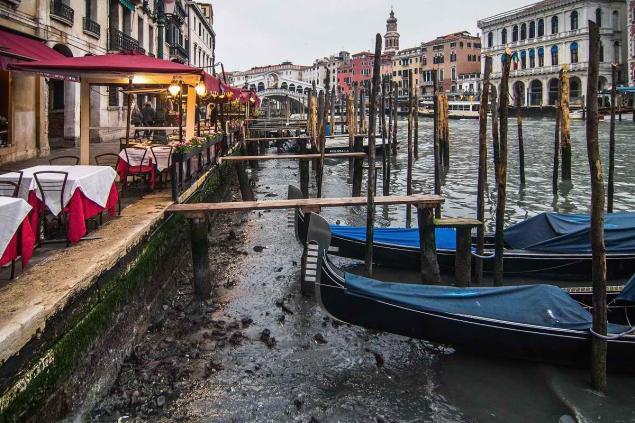
The element undermines these oak logs where two elements touch - air and salt sea water. And wooden piles under the houses do not rot, as they are stuck in dense clay and do not have direct contact with the air.
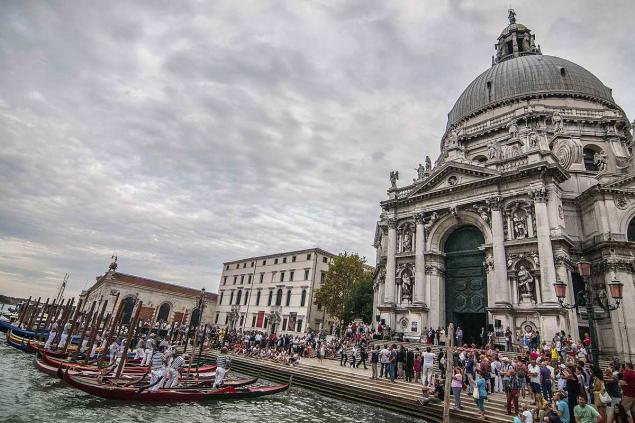
To do this, the builders drove them close to each other, densely covered with sand and covered with stone. And he finished all the viscous silt from the lagoon, tightly clogging all the crevices. It doesn't sound complicated. But just imagine: in the base of the church of Santa Maria della Salute of the XVII century was used 100,000 (!) beams. And not any, but made of durable wood selected alpine larch.
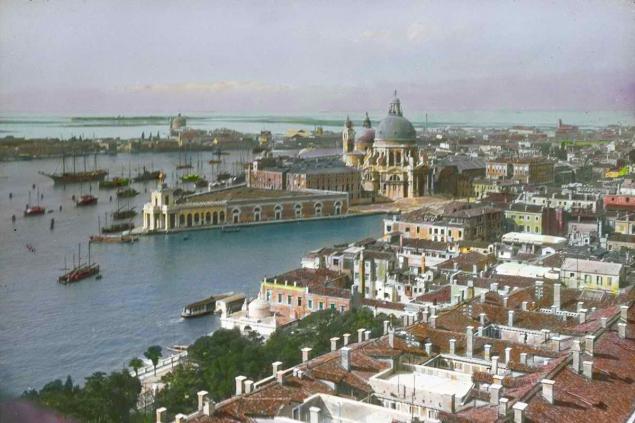
If we consider that the Basilica of Salute covers an area of about a quarter of a hectare, and the whole of Venice is about 400 square kilometers, then the pile for the foundations should have needed just an astronomical amount. It is unlikely that in all the Alpine forests there would be so many trees!
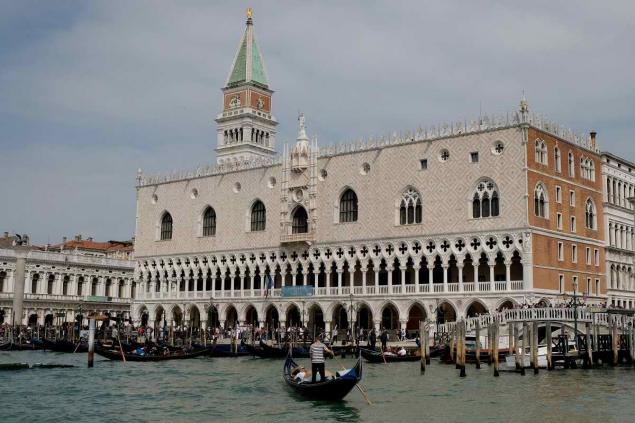
It is likely that only the heaviest buildings located on unstable banks were strengthened with stilts. And even in the foundation of the building, wooden supports could be used selectively. This is an interesting feature of Venetian architecture. The facades of palaces overlooking the canal were often made light and airy. And the entire load was distributed on the side and back walls, under which it was easier to place a reliable foundation.

It is worth saying that wooden foundations with honor withstood the test of time. After all, even buildings built after the XVI century, often have piling grounds, it is scary to say, XI-XIII centuries. Unfortunately, today Venice, which has survived under the pressure of centuries, is gradually sinking into the water. But we hope that the construction of the protective dam will preserve the genius of medieval engineers for future generations.
The article and the preview used photos.

Built on water Venice is often called one of the wonders of the world. Its island part includes more than 100 small islets, on which there is absolutely no stone to make strong foundations for buildings.

Therefore, the Venetians were forced to use the original technology. Scientists believe that having chosen a place for construction, they drove long wooden piles into the clay soil. At the top of the piles were installed two layers of crossed boards, and on top of them bricks and stones, which served as the foundation for the building.

However, in the photos of the shallow channels, no piles are visible. But in the archaeological sites they are definitely there. At the same time, well preserved over the past five centuries, little suffered from rotting.
Secrets of the Old Masters How is this possible? After all, the so-called briccoli – oak piles, driven into the bottom of the Venetian lagoon, as navigational signs, become useless every 5-10 years.

The element undermines these oak logs where two elements touch - air and salt sea water. And wooden piles under the houses do not rot, as they are stuck in dense clay and do not have direct contact with the air.

To do this, the builders drove them close to each other, densely covered with sand and covered with stone. And he finished all the viscous silt from the lagoon, tightly clogging all the crevices. It doesn't sound complicated. But just imagine: in the base of the church of Santa Maria della Salute of the XVII century was used 100,000 (!) beams. And not any, but made of durable wood selected alpine larch.

If we consider that the Basilica of Salute covers an area of about a quarter of a hectare, and the whole of Venice is about 400 square kilometers, then the pile for the foundations should have needed just an astronomical amount. It is unlikely that in all the Alpine forests there would be so many trees!

It is likely that only the heaviest buildings located on unstable banks were strengthened with stilts. And even in the foundation of the building, wooden supports could be used selectively. This is an interesting feature of Venetian architecture. The facades of palaces overlooking the canal were often made light and airy. And the entire load was distributed on the side and back walls, under which it was easier to place a reliable foundation.

It is worth saying that wooden foundations with honor withstood the test of time. After all, even buildings built after the XVI century, often have piling grounds, it is scary to say, XI-XIII centuries. Unfortunately, today Venice, which has survived under the pressure of centuries, is gradually sinking into the water. But we hope that the construction of the protective dam will preserve the genius of medieval engineers for future generations.
The article and the preview used photos.
Thirteen-year-old son watched the “Game of the Squid” and explained what the meaning of the popular series
Breccia is slippery after the rain, but it will outlive our grandchildren.






